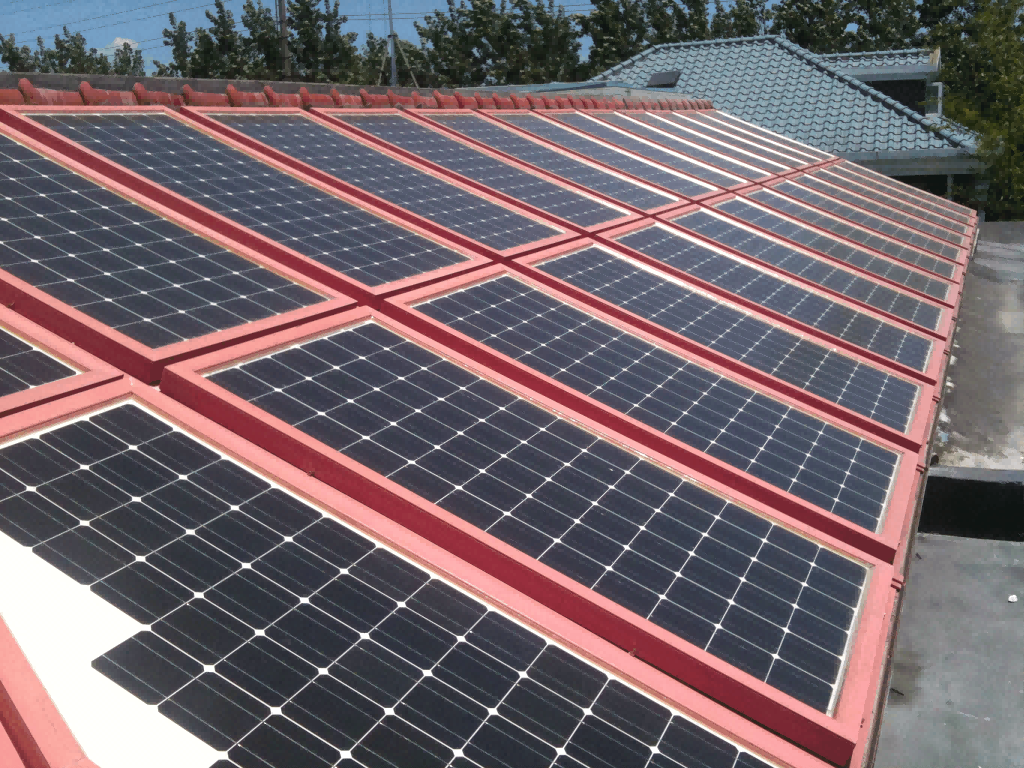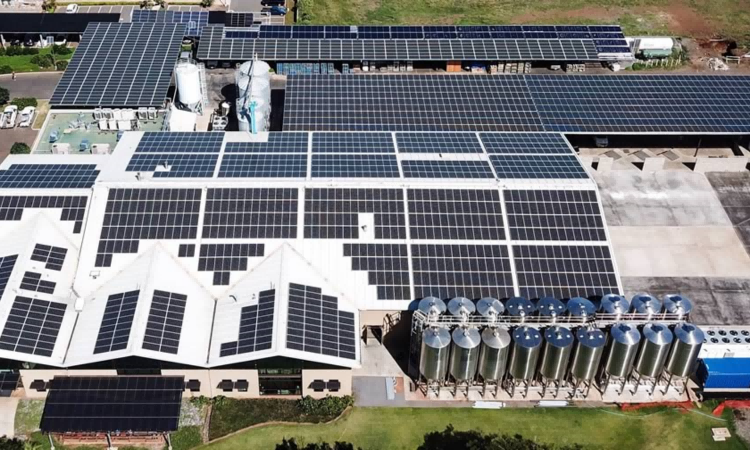
12월 . 13, 2023 09:21 다시 목록으로
마이크로그리드의 정의: 마이크로그리드란 무엇입니까?
A microgridas defined by Microgrid Knowledgeis a self-sufficient energy system that serves a specific geographical areasuch as a college campushospital complexbusiness centeror neighborhood.It incorporates various distributed energy resourcesincluding solar panelswind turbinescombined heat and powerand generatorsto generate power.Additionallymany microgrids now include energy storagetypically through batteriesand some even have electric vehicle charging stations.These microgrids are interconnected to nearby buildings and provide electricityand in some casesheat and coolingto their customers through advanced software and control systems.
What makes microgrids unique are their three key characteristics.Firstlymicrogrids are locally focusedmeaning they generate energy for nearby customers.This sets them apart from large centralized grids that transmit electricity over long distancescausing inefficiencies and energy loss.By generating power close to those it servesmicrogrids overcome these inefficiencies.They can have their generators installed near or within buildingsor in the case of solar panelson rooftops.

두 번째로 마이크로그리드는 중앙 그리드에서 분리되어 독립적으로 작동할 수 있는 능력이 있습니다. 이러한 분리 기능을 통해 폭풍이나 기타 재난으로 인한 정전 중에 고객에게 전력을 공급할 수 있습니다. 특히 미국의 중앙 그리드는 광범위한 전송 및 배전 인프라로 인해 정전이 발생하기 쉽습니다. 2003년 북동부 정전 사태는 전력선에 나무 한 그루가 떨어져 광범위한 정전이 발생했다는 점에서 중앙 그리드의 취약성을 잘 보여주었습니다. 마이크로그리드의 단독 기능은 이러한 연속적인 오류를 방지하여 중단 없는 전력 공급을 제공합니다.
While microgrids can function independentlymost of the timethey remain connected to the central gridforming a symbiotic relationship.Howeverin remote areas or regions with an unreliable central gridmicrogrids may act as standalone systems.The advanced microgrid systems are equipped with an intelligent microgrid controllerwhich serves as the central brain of the system.This controller manages the generatorsbatteriesand nearby building energy systems with a high level of sophistication.It orchestrates various resources to meet the energy goals established by the microgrid's customerswhether it's achieving the lowest pricescleanest energyor superior electric reliability.

The microgrid controllerbeing a software-based systemcan manage energy supply in multiple ways.For instanceit can track real-time changes in power prices on the central gridas wholesale electricity prices tend to fluctuate constantly based on supply and demand.If energy prices are inexpensive at a given pointthe controller may decide to buy power from the central grid instead of using energy from its own resources.It could direct the microgrid's solar panels to charge its battery systems.Converselywhen grid power becomes expensivethe microgrid may discharge its batteries rather than relying on the central grid.This intelligent management of resources adds complexity and nuance to microgrid operationsfurther enhancing their efficiency and performance.
It is important to understand what a microgrid is not.Some people mistakenly refer to a simple distributed energy systemsuch as rooftop solar panelsas a microgrid.Howeverthe key distinction lies in the ability of a microgrid to continue providing power even when the central grid failswhich a standalone solar panel cannot do.Similarlysimple backup generators used in emergencies are not classified as microgrids.Microgridson the other handoperate 24/7/365 and actively manage and supply energy to their customers.
Microgrids have been in existence for several decadesprimarily utilized by college campuses and the military.Thereforethe total number of microgrids is still relatively small but is steadily growing.Market forecasts by Guidehouse (previously Navigant) project that the microgrid market will approach $39.4 billion by 2028.The installation of microgrids is expected to accelerate as the cost of distributed energy resources decreasesand concerns about electric reliability due to severe stormscyberattacksand other threats continue to rise.The global microgrid capacity is predicted to reach 19,888.8 MW by 2028a significant increase from the 3,480.5 MW recorded in 2019.As microgrids become more mainstreamthey offer a reliable and efficient solution to meet the energy needs of localized areas and enhance the resilience of the overall energy system.
관련 상품:
침해시 삭제됩니다
참고 웹사이트: https://www.microgridknowledge.com
-
Smart Grid Management for Rural Electrification
소식Jul.03,2025
-
Energy Management System Battery Storage for Renewable Integration
소식Jul.03,2025
-
Energy Control Systems in Public Transportation Networks
소식Jul.03,2025
-
Electrical Energy Management System for Electric Vehicle Charging
소식Jul.03,2025
-
BMS Energy Retrofitting for Aging Infrastructure
소식Jul.03,2025
-
Adaptive Energy Control Systems for Weather Variability
소식Jul.03,2025























